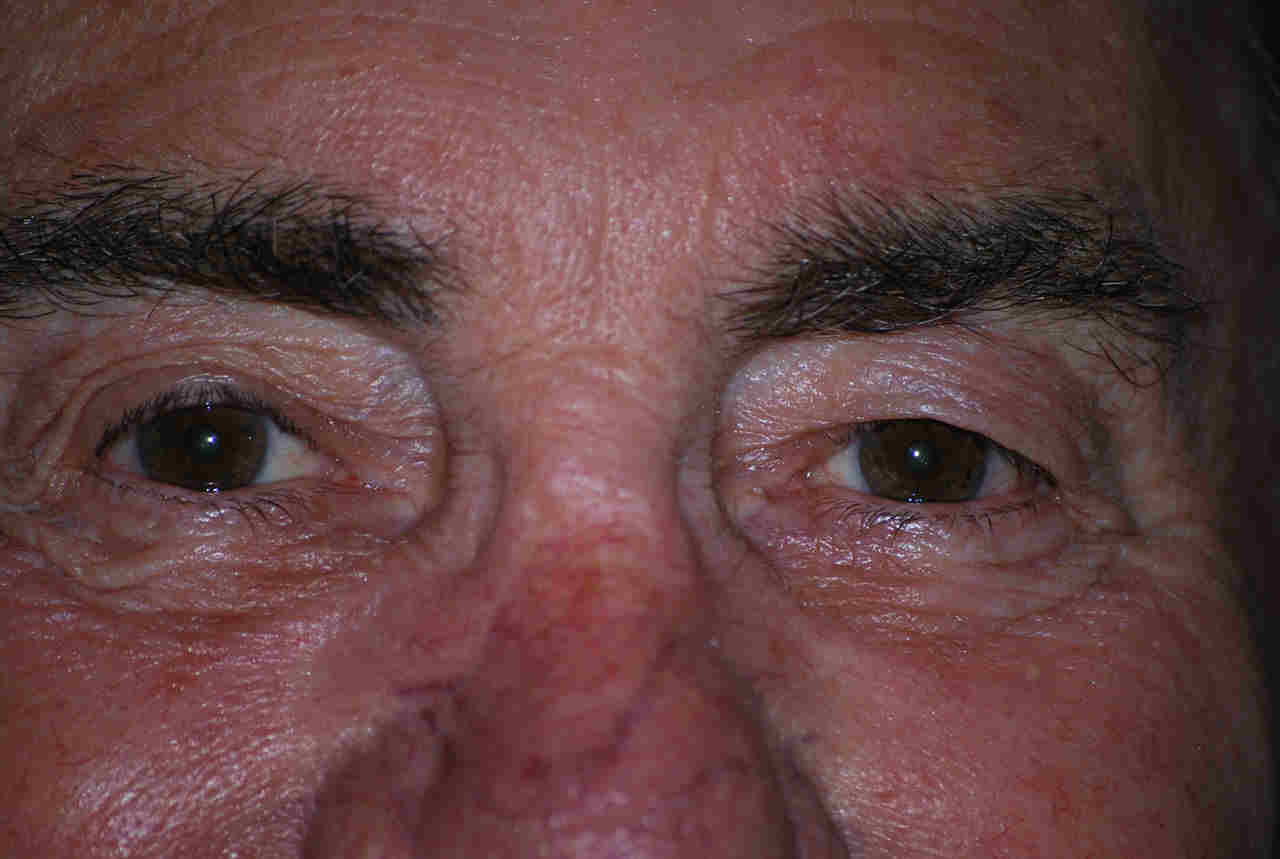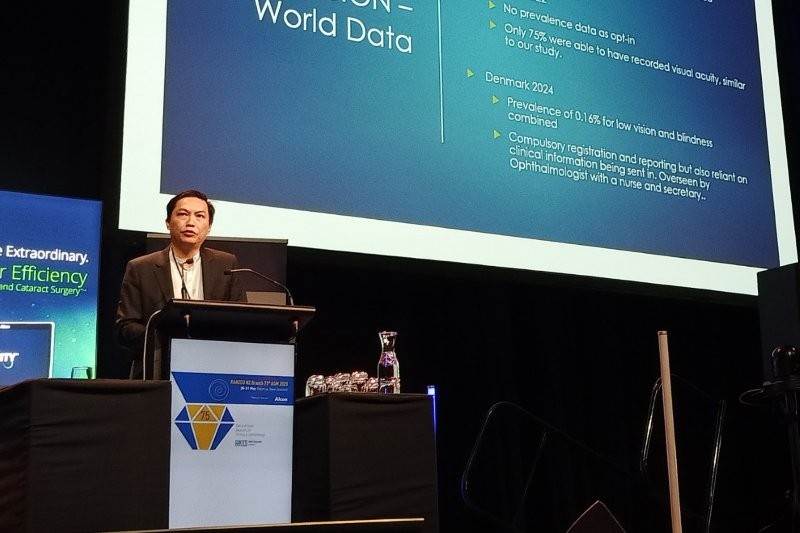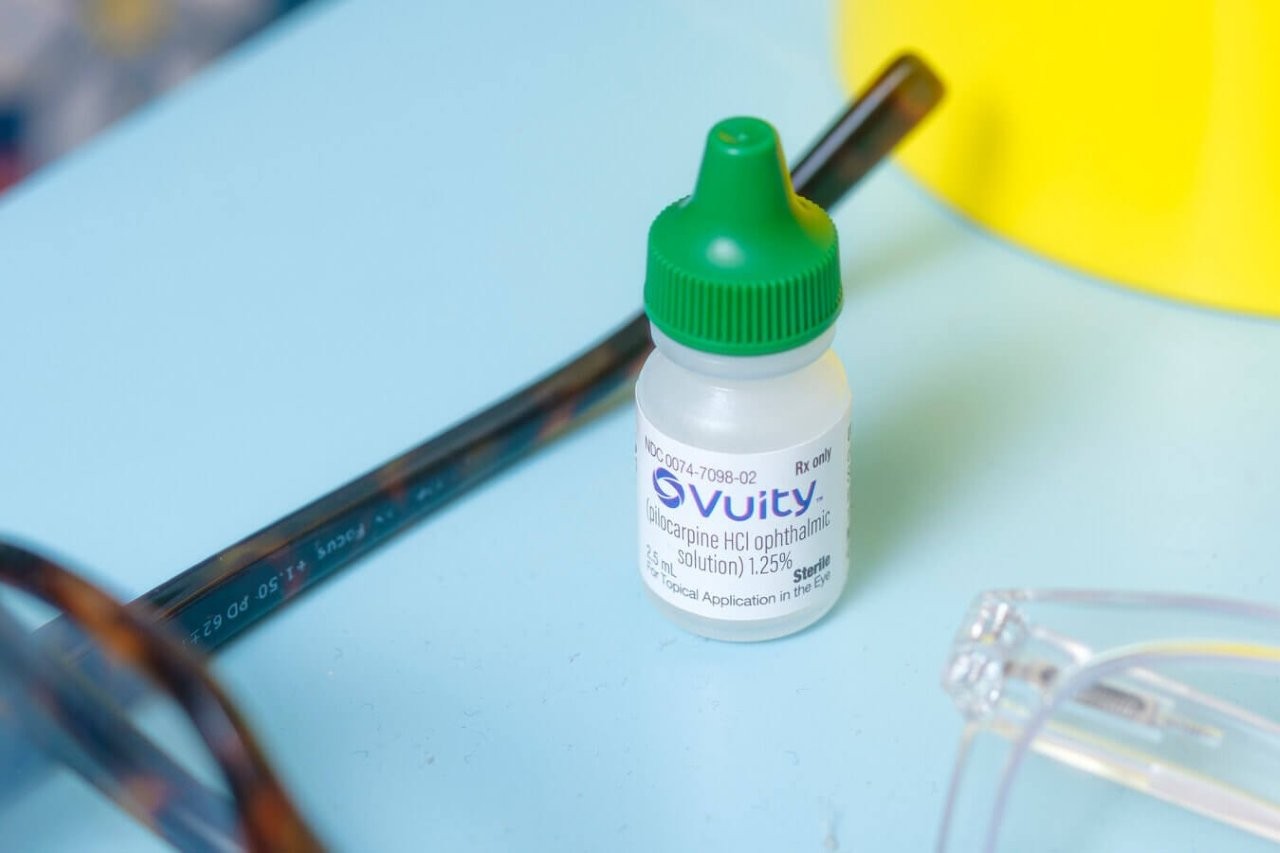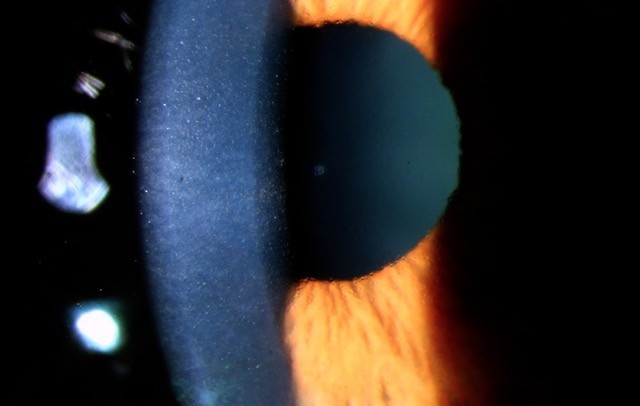Krill vs fish oil and other eye treatments
Steroid-sparing effect of 0.1% tacrolimus eye drop for treatment of shield ulcer and corneal epitheliopathy in refractory allergic ocular diseases.
Miyazaki et al.
Ophthalmology 2017;124:287-94
In this retrospective Japanese study, 791 patients with severe allergic eye disease responding poorly to treatment with conventional anti-allergy medication (including topical steroid in 57%) were enrolled for treatment either with topical tacrolimus 0.1% alone or in combination with fluorometholone or betamethasone.
The mean age was 15 years with a preponderance of males (83%). Patients with corneal epitheliopathy related to allergy were included, ranging in severity from punctate epitheliopathy to shield ulcers (30%). Papillary conjunctivitis was also graded.
All three groups had good improvement in corneal epitheliopathy score with no significant difference between the tacrolimus-alone group and the tacrolimus with steroid groups. There was no significant difference in the time course for improvement either and the beneficial effects applied to the most severe form of epitheliopathy, those with shield ulcers.
Comment
This is a large number of cases of a relatively rare condition. The mainstay of therapy is generally topical steroids for those cases not adequately controlled with agents such as olopatadine. Chronic steroid treatment, of course, comes with risks including IOP elevation and cataract development. Use of topical tacrolimus alone seems safe and remarkably effective. Tacrolimus is a potent inhibitor of T-cells and is available in New Zealand in ointment form (Protopic 0.1%) or can be compounded by some pharmacies. It may sting transiently on instillation but otherwise seems well tolerated.
A randomized, double masked, placebo-controlled clinical trial of two forms of Omega-3 supplements for treating dry eye disease.
Deinema et al.
Ophthalmology 2017;124:43-52
To assess the efficacy of two forms of oral omega-3 supplement, krill oil (phospholipid) was compared to fish oil (triacylglyceride) to placebo (olive oil) in three groups with 17 to 19 participants in each group completing the 90-day study.
Primary outcome measures were tear osmolarity and OSDI score with secondary measures including tear stability, ocular surface staining, tear production and volume, meibomian gland capping and tear cytokine levels.
At day 90, both the krill and fish oil groups had similar significant tear osmolarity reduction (-18.6 +/- 4.5mOsm/l and -19.8 +/-3.9mOsm/l respectively, p<0.001) when compared to placebo (-1.5 +/-4.4mOsm/l). However only the krill oil group achieved statistically significant improvement compared to placebo in OSDI score and tear cytokine interleukin 17A level. Both krill and fish oil groups showed improvement in tear breakup time and ocular surface redness.
Comment
Omega-3 supplements have become generally accepted as useful adjunct therapy for maintenance of ocular surface health in dry eye conditions and in management of meibomian gland dysfunction. This study adds to the body of evidence supporting their use. I am often asked “which is the best one to take?” This seems to have been a well-designed study although with limited numbers. Other studies have shown differential absorption with the phospholipid form having better uptake than triacylglyceride. This provides a plausible explanation for better efficacy of krill oil compared to fish oil as a supplement – not good news if you’re a krill!
Outcomes and complications of excimer laser surgery in patients with collagen vascular and other immune-mediated inflammatory diseases.
Schallhorn et al.
Journal of Cataract Refractive Surgery 2016;42:1742-52
A retrospective case series of 622 patients (1224 eyes) undergoing excimer laser corneal surgery who also had one of the following conditions: rheumatoid arthritis (50.6%), SLE (19.5%), psoriatic arthritis (10.5%), sarcoidosis (10%), ankylosing spondylitis (6.4%), multiple sclerosis (1.9%) and scleroderma (1.1%). LASIK was performed in 91%, PRK in 9%. LASIK cases included both femtosecond and mechanical microkeratome flaps.
All patients were required to have well-controlled disease with no flare-up within the previous six months and any patients with active ocular inflammation, poor tear breakup time or Sjogren’s syndrome were excluded. Mean follow-up was 11 months.
The overall refractive outcome was 82% +/- 0.5D of target. UCDVA of 6/6 or better was achieved in 75% overall. Nine eyes lost two or more lines CDVA due to dry eye. One patient with quiescent rheumatoid arthritis developed bilateral flap infiltrates with minor peripheral flap melt in one eye not affecting vision.
Comment
It is difficult to gather sufficient data to determine the risk of a rare complication occurring in a patient with an uncommon condition (immune-mediated inflammatory disease) so the large numbers collected in this retrospective series are welcome.
Refractive surgeons would be particularly interested in the rheumatoid arthritis cohort since this disease has a well-known association with corneal melt. The data is reassuring in that the risk of uncontrolled inflammation causing corneal melt seems very small in well-controlled disease. However, dry eye problems in this cohort are more problematic and should prompt caution before any decision to go ahead with treatment.
About the author
Dr Adam Watson is a specialist in cataract, corneal and refractive surgery as well as oculoplastic surgery and ocular surface disease. He works at Eye Institute Remuera and North Shore, Auckland.


























